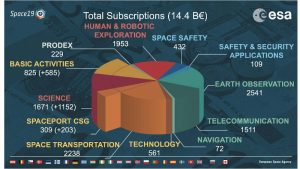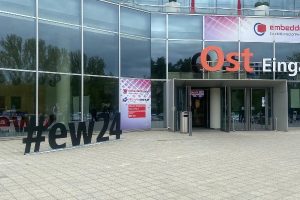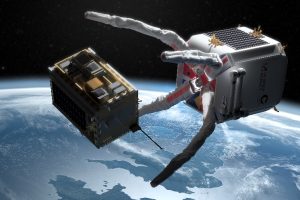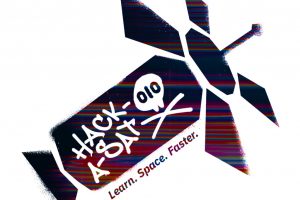The meeting brought together ministers with responsibility for space activities in Europe, along with Canada and observers from the EU.
Member states were asked to approve a set of programmes to secure Europe’s independent access to and use of space in the 2020s, and boost Europe’s growing space economy.
The funding boost will allow the first gravitational wave detector in space, LISA, to fly alongside the black hole mission Athena and enable fundamental advances in our understanding of the basic physics of the Universe.
There is also funding for research and development at ESA’s laboratories, to underpin the missions of the future.
Europe will continue its commitment to the International Space Station until 2030, as well as contributing transportation and habitation modules for the Gateway, the first space station to orbit the Moon.
ESA’s astronauts recruited in 2009 will continue to receive flight assignments until all of them have been to space for a second time. The council will also begin the process of recruiting a class to continue European exploration in low Earth orbit and beyond.
European astronauts will fly to the Moon for the first time and member states have also confirmed European support for a Mars mission, in cooperation with NASA.
Flexible satellite systems
The ESA claims it will develop the first fully flexible satellite systems to be integrated with 5G networks, as well as optical technology for a fibre-like ‘network in the sky.’ Commercial companies can access funding for applications of navigation technologies through the NAVISP programme.
ESA Ministers have secured a transition to the next generation of launchers: Ariane 6 and Vega-C, and have given the green light to Space Rider, ESA’s new reusable spaceship.
11 missions committed to by member states will address topics linked to climate change, the Arctic and Africa.
Safe space
Space safety has been adopted as a basic pillar of ESA’s activities.
This will lead to projects in the areas of keeping the space environment operational, for example removing dangerous debris and plans for automation of space traffic control, along with early warnings and mitigation of damage to Earth from hazards from space such as asteroids and solar flares. Investments in the field of cyber-resilience and cyber-training have also been confirmed.
The coming years will also see ESA reinforce its relationship with the European Union.
“We have looked at the future of our activities solely from the point of view of benefits we can bring to society, industry, governments and all Europe’s people,” said ESA Director General Jan Wörner.
“We tried to explain these benefits to European citizens, scientists, company leaders, the politicians and our international partners. With the support of our member States we created the Space19+ proposal, which was not only looking nice on big screens. European Ministers funded everything proposed with 14.4 billion Euro, the highest subscription in the history of ESA. This is a full success, a collective success!”.
 Electronics Weekly Electronics Design & Components Tech News
Electronics Weekly Electronics Design & Components Tech News



